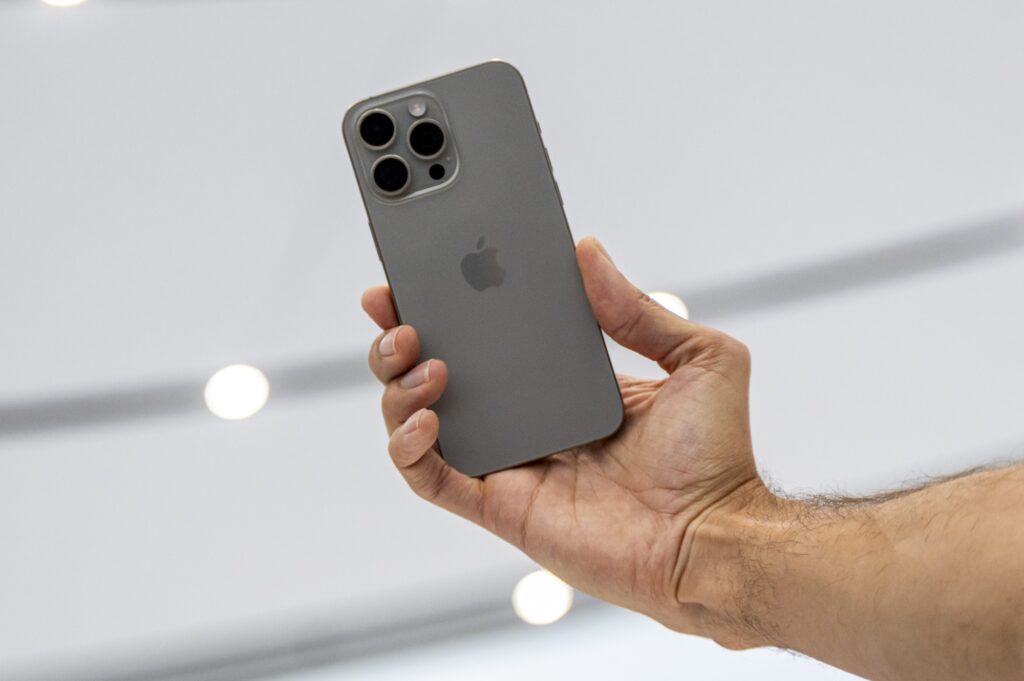The iPhone 15 Pro has recently reached consumers worldwide, but multiple complaints have arisen regarding overheating problems.
Analyst Ming-Chi Kuo suggested that these issues might stem from design compromises, and new reports from Bloomberg and the Wall Street Journal (WSJ) indicate that the problem may be more significant than initially thought.
Many iPhone 15 Pro and iPhone 15 Pro Max users have reported that their devices become excessively hot, even with basic usage like web browsing. Some users claim not to be affected, but social media is filled with posts about overheating iPhone 15 Pro models.
One test on a Chinese video platform demonstrated that downloading the game Genshin Impact on a 5G network caused the iPhone 15 Pro Max to heat up to 122°F. Even running the game in high-resolution mode maintained the device at a similar temperature.

Recently, a YouTube channel, TheRelaxingEnd, posted a video showing the iPhone 15 Pro suddenly freezing and slowing down while running Genshin Impact, potentially due to overheating. This is particularly interesting because Apple marketed the new iPhone as capable of running AAA games, thanks to the A17 Pro chip.
Apple’s official stance is that overheating is a normal condition caused by software. However, Bloomberg reports that Apple technicians have been handling numerous customer complaints about overheating iPhone 15 Pros.
Technicians are advising users to follow instructions from an older support article on Apple’s website regarding overheating iPhones.
The article doesn’t offer specific guidance for the iPhone 15 Pro but mentions that iPhones may become hotter than usual after initial setup, restoration from a backup, wireless charging, or when running graphics- or processor-intensive apps.
Nonetheless, some users argue that their iPhone 15 Pros are overheating under normal conditions, days after setup or without running demanding games.
The Wall Street Journal cites “people familiar with the iPhone’s design” who suggest that design flaws in the iPhone 15 Pro contribute to the overheating problems.
One design change was the removal of the SIM tray from the US version of the iPhone 14, which introduced a plastic piece to fill the gap.
However, with the iPhone 15, Apple redesigned the logic board, eliminating this gap. Still, the eSIM-only iPhone remains exclusive to the US, resulting in different logic boards for the rest of the world.
According to WSJ sources, adding a slot to the already cramped interior of the iPhone creates challenges for heat dissipation.
Additionally, the use of titanium, as Kuo mentioned earlier, contributes to overheating because titanium has less mass to absorb heat compared to stainless steel. These factors, combined with a more powerful chip, may lead to the iPhone 15 Pro’s overheating issues.
It remains uncertain whether Apple will address these problems, but potential solutions could include releasing a software update to reduce CPU and GPU performance in specific scenarios or modifying the engineering design, which would necessitate a recall program for affected users.
